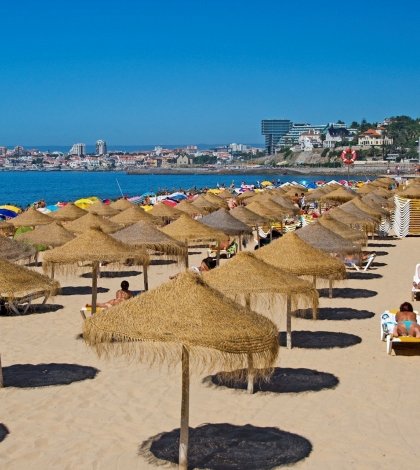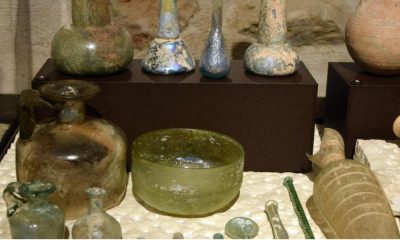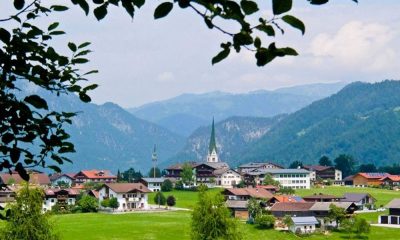Lisbon is one of the oldest cities in the world and predates other European capital such as Rome, London and Paris by hundreds of years. It was made into a municipum by Julius Caesar and saw periods being ruled by the Germanic tribes as well as the Moors. It was taken by the Crusaders in 1147 and has remained the cultural and political centre of Portugal since then.
Museums
As befits such an ancient city, there is a host of museums and galleries to visit in Lisbon. Amongst them is the National Museum of Ancient Art (Museu Nacional de Arte Antiga) which is located in a former palace of the County of Alvor on the Rua das Janelas Verdes. It was founded with the treasures came from the abolition of religious orders in the country in 1833 and amongst its most famous works are the Saint Vincent Panels by Nuno Goncalves, court painter of King Alfonso V. There are also various works from 16th century painters from the country such as Jorge Afonso, Vasco Fernandes and Francisco de Holanda. From wider European painters are pieces by Hieronymus Bosch, Pieter Brueghel the Younger and Albrecht Durer.
The city also has a host of special museums including:
• The National Museum of Costume and Fashion
• The Electricity Museum
• The National Coach Museum, containing the largest collection of royal coaches I the world
• The Museum of Pharmacy
• The National Museum of Natural History and Science
Holidays and Festivals
June 13th is a holiday in honour of the city’s saint, Anthony of Lisbon, also known as Saint Anthony of Padua. He was a Portuguese born bohemian who was canonised and made Doctor of the Church after he spent his life preaching to the poor.
Other important festivals revolve around the film industry. These include those celebrating the Gay and Lesbian Film Festival, the Lisbon International Documentary Film Festival and the Lisbon Horror Film Festival to name a few.
Parks
One of the largest parks in the city is the Eduardo VII Park, which extends down the main avenue of the city, Avenida de Liberdade, which is itself known for its flowering plants and green spaces. It houses a permanent collection of subtropical and tropical plants in the winter garden. It was renamed in 1903 to commemorate the visit of Edward VII of England, who visited the city.
Sport
Lisbon has plenty to offer sports fans as well. If you love football, the city has two very famous clubs; Benfica who have won their league title 32 times and the European Cup twice and Sporting Clube de Portugal, known as Sporting, who have won 18 league titles.
There are two UEFA category four stadiums; Benfica’s Estadio de Luz (Stadium of Light) which has a capacity of over 65,000 and Sporting’s Estadio Jose Alvalade which holds over 50,000. International matches are held at the nearby Estadio Nacional in Oeiras, which held the 1967 European Cup Final.
Transport
It is always important to know how to get between these wonderful locations and with Lisbon, this is simple. Their public transport network is very comprehensive and is centred on the Lisbon Metro. Trams were introduced to the city in the 19th century and are still in use around the centre of the city, being adept at managing the steep hills as well as some of the narrow, old streets.
Travelling into the city by plane will see most travellers arrive at Lisbon’s Portela Airport, which lies within the city limits. It is a hub for international carriers such as EasyJet, SATA International, Luzair, EuroAtlantic Airways and Portugalia.
Conclusion
Sitting on the Targus River, Lisbon is an ancient city completely involved in modern life. It is a major financial centre with scores of museums, a massive container port with historic green areas and a centre of international trade as well as football. There will be something for every taste in this beautiful city.





















